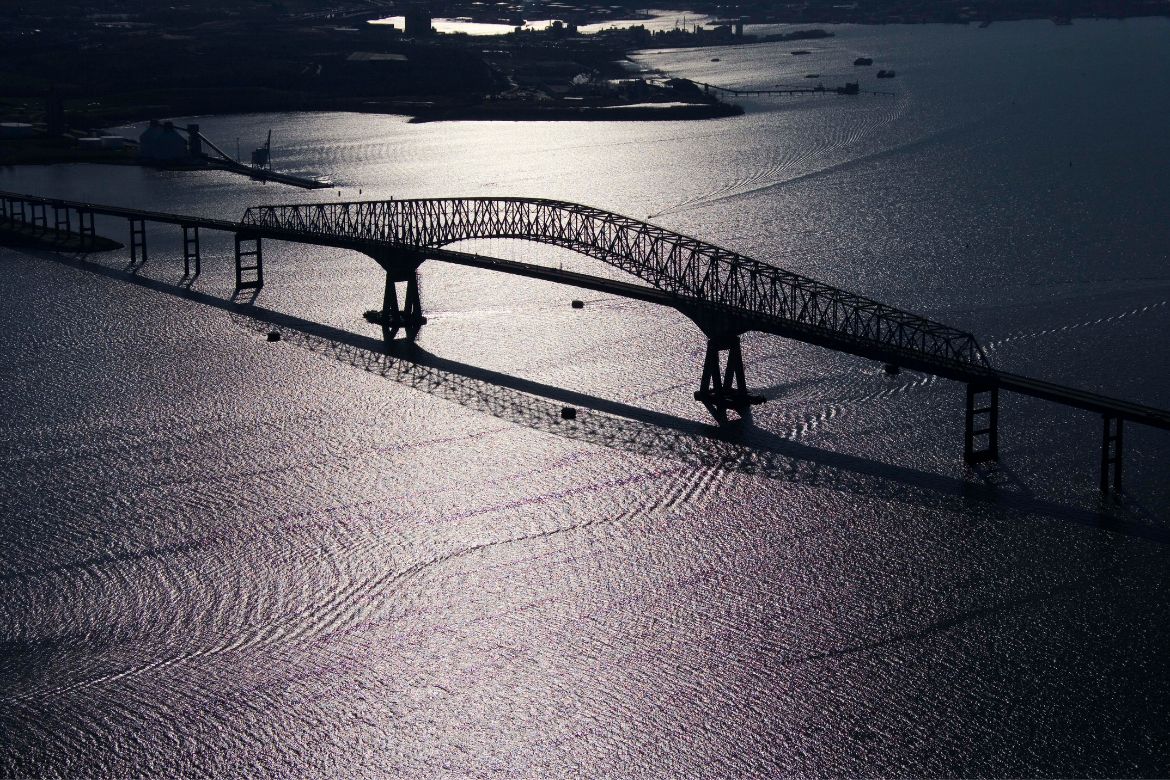We watched the video of the Baltimore Bridge disaster in horror when the container ship slammed into the Francis Scott Key Bridge, crumbling the structure and sending it into the river. The human cost will naturally be front and center—as it should be. There will, however, be a harsh economic hit as well.
Baltimore handles the nation’s largest shipping volume of automobiles, coal, gypsum, and lumber. Last year’s trade was $80 billion. Each day the port is closed, $217 million worth of trade goods won’t make it to Baltimore’s docks. Vehicle manufacturers are finding alternative routes, but the second largest port for car carriers is in Brunswick, Georgia—700 miles away, causing shipping times and transportation costs to increase. The loss of the bridge will also impact farming and construction equipment manufacturing.
It will take a long time before bridge reconstruction work is completed. In the meantime, attempts are being made throughout the East Coast to stabilize supply chains. For example, Bethann Rooney, port director of the Port Authority of New York and New Jersey, said that her facility is “proactively working with our industry partners to respond as needed and ensure supply chain continuity along the East Coast.”
The country’s already fragile supply chains continue to be challenged. Hopefully, 2024 will hold no more surprises.

